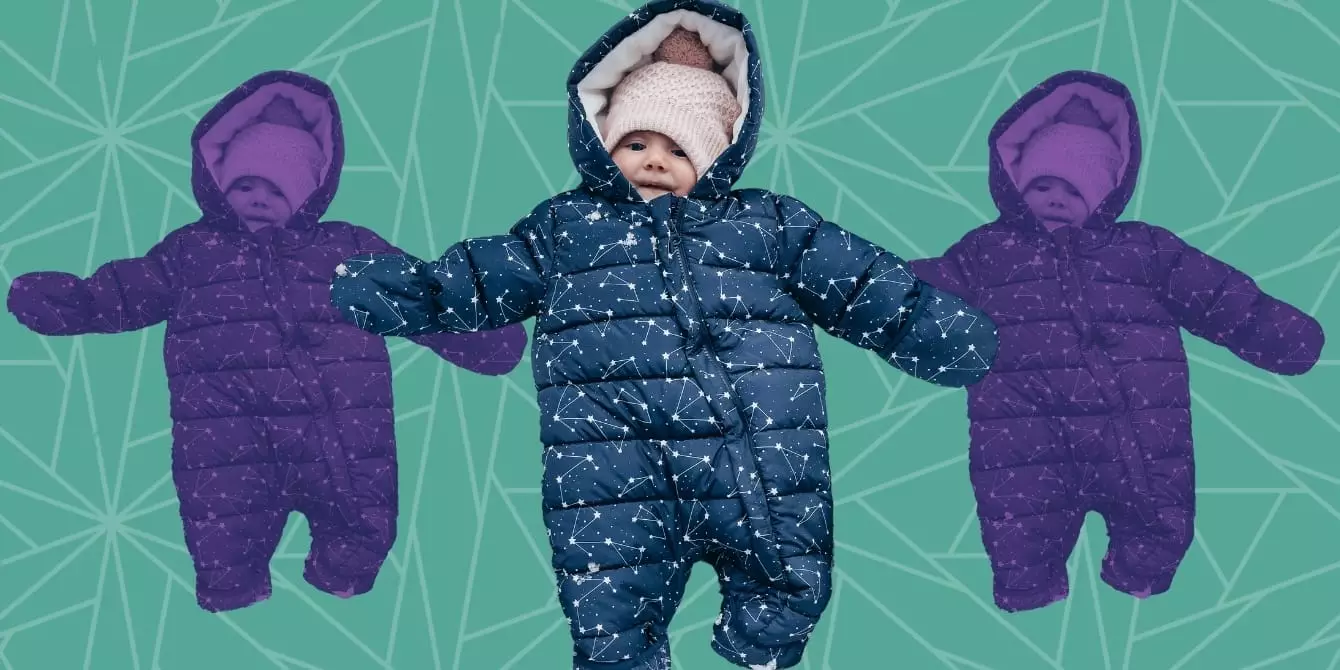As winter arrives, many parents instinctively seek ways to keep their little ones warm amid the biting cold. One of the most effective methods? Babywearing. This intuitive approach not only keeps your baby close but also allows you to share your body heat, like carrying a portable space heater. However, this prompts important questions about the warmth and safety of your baby in the carrier. This article delves into critical tips and considerations to ensure both parent and baby are cozy and secure while navigating wintry conditions.
The foundation of successful winter babywearing lies in the art of layering. Unlike bulky winter coats or snowsuits, which can hinder movement and safety, layers allow for flexibility and temperature control. Dress your baby in a set of lightweight but insulating layers—think fleece-lined footed pajamas that trap warmth without the bulk. A general rule of thumb is to dress your child in one more layer than you are comfortable in—not forgetting that the baby carrier or wrap itself serves as an added layer.
It’s vital to protect those tiny extremities. Warm socks or booties and a snug hat can make all the difference in keeping your baby warm. If your infant enjoys the freedom of movement for their hands, consider mittens or additional socks to ensure their fingers stay toasty. Your baby’s warmth will come from both your body heat and their layers, leading to increased precautions against overheating, a common concern for parents.
When selecting outerwear for yourself as the babywearer, prioritizing oversized garments can be beneficial. An oversized jacket allows you to zip up comfortably around the carrier without compromising your baby’s visibility or airflow—both of which are crucial for safety. You might even experiment with a men’s jacket, as it often provides the extra space needed. The best practice is zipping it halfway, ensuring that baby’s face remains accessible for kisses and visibility, while keeping warmth effectively trapped inside.
It’s also advisable not to overload the carrier with too many layers or tight clothing, which can make it difficult for the baby to breathe properly. Excess layers can inadvertently cover their face, risking airflow, so always make sure vital air passages are unobstructed. Moreover, opt for removable layers that you can easily take off without disturbing your sleeping child in case you go indoors to a warmer environment like a coffee shop or retail store.
As you bask in the closeness of babywearing, closely monitor your baby’s demeanor for signs of discomfort. Babies may not be able to voice their feelings directly, so look for signs such as flushed cheeks or increased restlessness to gauge their comfort level. It is crucial to adjust your baby’s layers accordingly, especially when transitioning between different environments. If the room is warm, don’t hesitate to take off the hat or some layers—cozy doesn’t mean overheated.
After all, babywearing not only keeps your child warm but also allows you to remain aware of their condition in ways that strollers don’t. This proximity facilitates real-time monitoring of your baby’s comfort, while also helping you navigate any unsolicited attention from eager onlookers during cold and flu season. This added layer of safety is particularly comforting for parents who are cautious of germs and overzealous hugs.
Winter landscapes can be treacherous, and navigating them safely is essential. Always prepare for the icy conditions by opting for non-slip footwear. Your hands should be free to maintain balance while also being able to safeguard your baby if the ground becomes slick. If you’re using a wrap, consider fastening it at home before stepping outside to avoid dealing with wet ends in cold weather.
Lastly, don’t underestimate the value of preparing for all eventualities. Always pack extra accessories such as gloves for yourself, which will keep your hands warm while allowing you to assist your baby securely. Keep your movements fluid by remaining aware of your surroundings and choosing safe paths, so both you and your baby can enjoy winter outings together without unnecessary anxiety.
Ultimately, winter is a season that can be filled with joyous experiences, and babywearing offers a unique way to bond with your child while exploring the outdoors. Whether you’re walking through a bustling holiday market or taking a short stroll to enjoy the winter scenery, being prepared and aware can ensure comfort and safety for both you and your little one. Babywearing not only facilitates warmth but also enhances the connection you share during these chilly months. Embrace the cold, layer wisely, and cherish the moments spent together under the winter sky!

